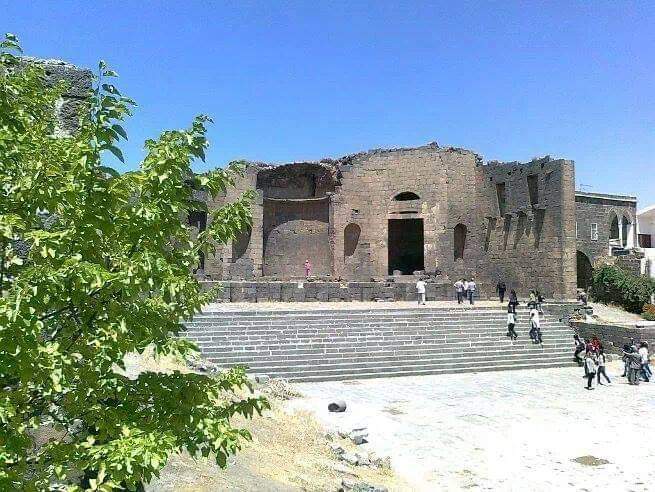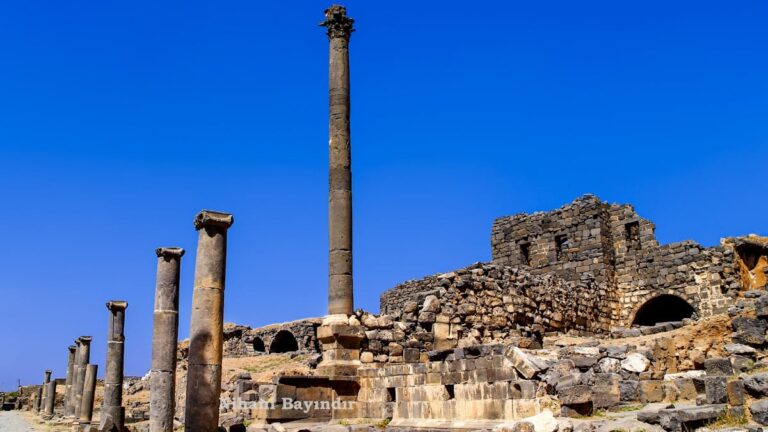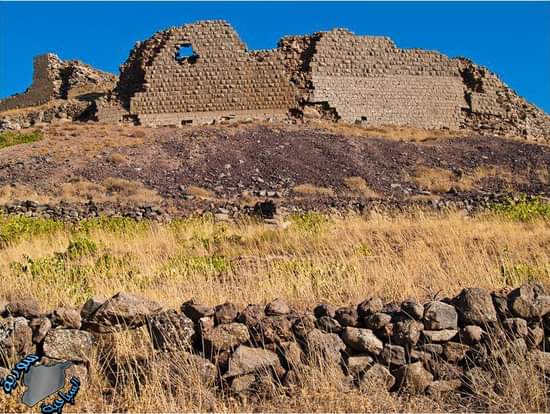Qanawat: An Ancient City in Southern Syria
Visitor Information
Popularity: Very Low
Google Maps: View on Google Maps
Country: Syria
Civilization: Byzantine, Roman
Remains: City
History
Qanawat is an ancient city located in southern Syria, within the modern Qanawat District of the As-Suwayda Governorate. Its origins trace back to antiquity when it was known as Canatha or Kanatha. The city first appears in historical records during the reign of Herod the Great in the 1st century BC, notably when Nabatean Arab forces defeated a Jewish army there.
Under Roman influence, Canatha became part of the Decapolis, a group of cities granted a degree of self-governance from the time of Pompey in the 1st century BC until the reign of Emperor Trajan in the early 2nd century AD. In the 1st century AD, the city was incorporated into the Roman province of Syria. Later, during the 2nd century, Emperor Septimius Severus renamed it Septimia Canatha and elevated it to the status of a Roman colony. At this time, the city was administratively transferred to the province of Arabia.
In late antiquity, Qanawat emerged as a Christian episcopal center. The only known bishop, Theodosius, took part in significant church councils held in 449, 451, and 459 AD. Although the city ceased to function as a residential bishopric, it remains recognized as a titular see within the Catholic Church.
The city fell under Muslim Arab control in 637 AD. Following this conquest, Qanawat gradually lost its prominence and by the 9th century had diminished to a small, impoverished village. During the Ottoman period, the city reappeared in tax records from 1596, showing a mixed population of Muslims, Christians, and settled Bedouins. However, it was abandoned sometime between the 17th and 18th centuries.
In the 1820s, Druze migrants from Mount Lebanon repopulated Qanawat. By the mid-19th century, the city became the seat of the Druze religious leader known as the shaykh al-aql. It also developed into a center of Druze political activity, particularly under the Hajari family. This family managed local affairs independently, despite nominal authority held by prominent Druze clans such as Al Hamdan and later the Bani al-Atrash. In 1895, the German explorer Hermann Burchardt visited Qanawat and documented its ruins through photography.
Remains
The archaeological site of Qanawat extends over an area roughly 1500 meters long and 750 meters wide. The city is divided into two main sections: the upper city, corresponding to historic Canatha, and the lower city, situated in a valley.
The upper city is enclosed by high walls and features terraces built with flat stone blocks. It contains several temples, including a large temple complex in the western Serai area. This complex includes a sanctuary, altar, and three domes. Additionally, the upper city holds a basilica that served commercial and administrative purposes, along with water reservoirs and defensive walls.
The lower city contains a rock-cut theatre with nine rows of seats and an orchestra area measuring 19 meters in diameter. Nearby stands a temple dedicated to a water goddess. The area also includes Roman baths, water reservoirs, and an advanced underground water channel system. Archaeological remains of monastic buildings dating back to the 1st century BC are also present.
Among the notable structures is a large prostyle temple, characterized by a portico with columns, dating from the late 2nd or early 3rd century AD. This temple was long believed to honor the sun god Helios, but an inscription discovered in 2002 revealed it was dedicated to the local deity Rabbos.
The Es-Serai monument, originally built as a temple in the 2nd century AD, was converted into a Christian basilica during the 4th or 5th century. It measures 22 meters in length and is preceded by an external portico and an atrium supported by eighteen columns.
Other features include a Roman bridge, a nymphaeum (a monument dedicated to water nymphs), and a Roman aqueduct. Building materials throughout the site primarily consist of stone blocks and columns, with decorative elements such as colonnades and porticos.
Preservation varies across the site, but many structures remain standing, including the theatre, temples, and aqueduct. The site also contains Druze religious shrines, notably the Maqam and Khalwa of Sheikh Abu Hussein Ibrahim al-Hijri, reflecting the city’s later religious importance.









